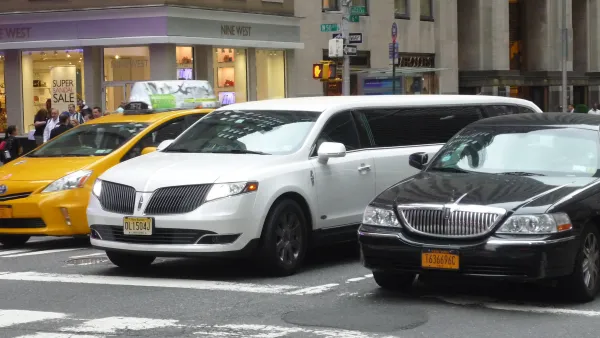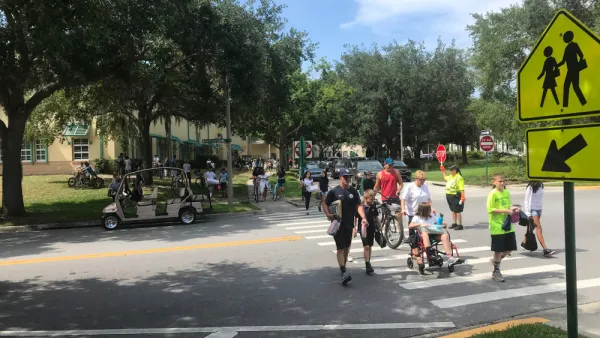Ted Mann explores the new wave of mobile applications changing the way cabs and their customers interact, which could make the act of physically hailing a cab obsolete in as soon as five years.
From Hailo to Get Taxi, a number of promising applications are lining up to get regulatory approval to start connecting taxis to customers in New York and other American cities. As Mann explains, "The apps all work slightly differently, but in general they allow
smartphone users to see where available cabs are, alert drivers that
they need a ride, and store credit-card or debit-card information so
they can pay for the trip without exchanging money or swiping a card."
Unfortunately, in many cities, outdated regulations written long before the rise of smartphones must be revised to allow a handful of tasks that would allow the apps to be fully functional.
"'Technology is moving at lightning speed,' and the regulatory process is
not, says Matthew Daus, a former New York City taxi commissioner whose
law firm, Windels Marx Lane & Mittendorf LLP, is advising regulators
about new technologies. 'We're at a regulatory fork in the road,' Mr.
Daus adds. The crafting of new rules 'has the opportunity to be the
greatest potential achievement if it's done right,' he says. 'Or it
could be the biggest disaster ever' if it fails to let the industry
benefit fully from the latest technologies."
FULL STORY: Taxi! Taxi! Oh, Never Mind. I'll Use My Smartphone.

National Parks Layoffs Will Cause Communities to Lose Billions
Thousands of essential park workers were laid off this week, just before the busy spring break season.

Retro-silient?: America’s First “Eco-burb,” The Woodlands Turns 50
A master-planned community north of Houston offers lessons on green infrastructure and resilient design, but falls short of its founder’s lofty affordability and walkability goals.

Delivering for America Plan Will Downgrade Mail Service in at Least 49.5 Percent of Zip Codes
Republican and Democrat lawmakers criticize the plan for its disproportionate negative impact on rural communities.

Test News Post 1
This is a summary

Test News Headline 46
Test for the image on the front page.

Balancing Bombs and Butterflies: How the National Guard Protects a Rare Species
The National Guard at Fort Indiantown Gap uses GIS technology and land management strategies to balance military training with conservation efforts, ensuring the survival of the rare eastern regal fritillary butterfly.
Urban Design for Planners 1: Software Tools
This six-course series explores essential urban design concepts using open source software and equips planners with the tools they need to participate fully in the urban design process.
Planning for Universal Design
Learn the tools for implementing Universal Design in planning regulations.
EMC Planning Group, Inc.
Planetizen
Planetizen
Mpact (formerly Rail~Volution)
Great Falls Development Authority, Inc.
HUDs Office of Policy Development and Research
NYU Wagner Graduate School of Public Service





























